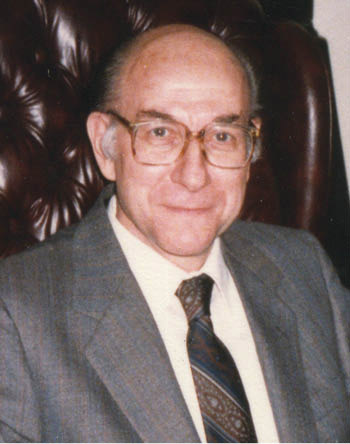
Richard F. Arenstorf, professor of mathematics, emeritus, died Sept. 18, 2014, at age 84. He is best known for discovering a stable orbit between Earth and the moon called an “Arenstorf Orbit.”
Born in Hamburg, Germany, Arenstorf immigrated with his wife to the United States in 1957 after receiving his Ph.D. in mathematics from the University of Mainz. He joined a cadre working with renowned rocket scientist Werner von Braun at the Army Ballistics Missile Agency in Huntsville, Alabama.
To determine the path that the Apollo spacecraft would take in its journey from Earth to the moon, NASA scientists needed to solve a difficult challenge called the three-body problem, which had vexed mathematicians for more than 300 years. NASA’s object was to determine the influence the gravitational fields of the earth and moon would have on the spacecraft as it traveled between them in order to determine when to launch and how much thrust to apply to reach the moon and then return.
Using a computer, Arenstorf came up with a solution consisting of a set of closed figure-eight trajectories that pass arbitrarily close to two celestial objects.
He was awarded the NASA Medal for Exceptional Scientific Achievement in 1966. Three years later, after the first manned lunar landing, Arenstorf joined the faculty at Vanderbilt, where he continued to conduct research on celestial mechanics until his 1993 retirement.